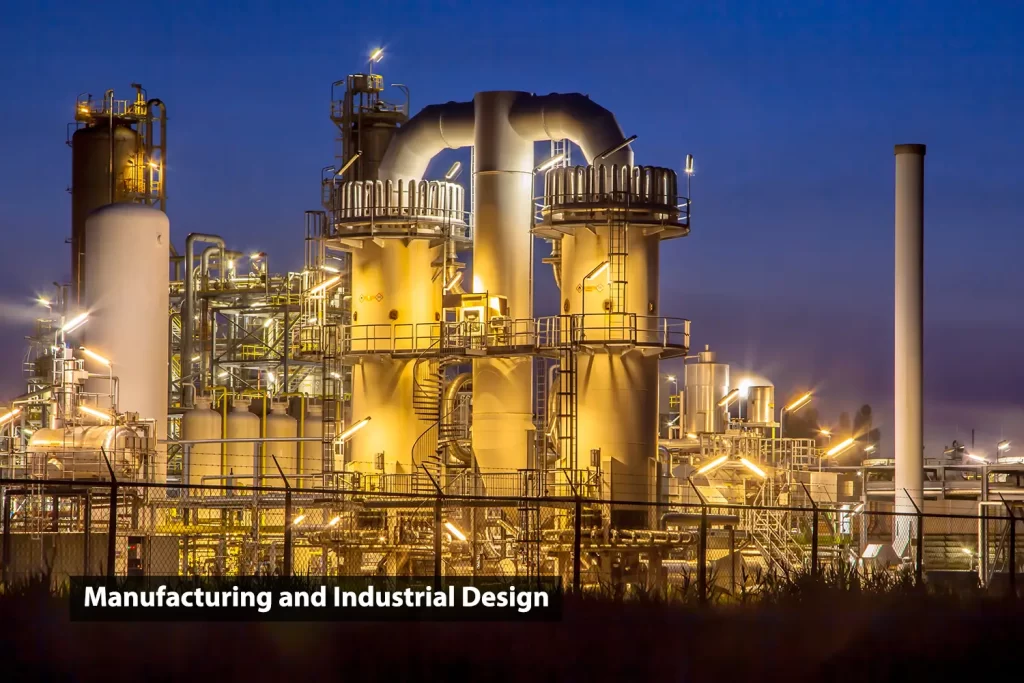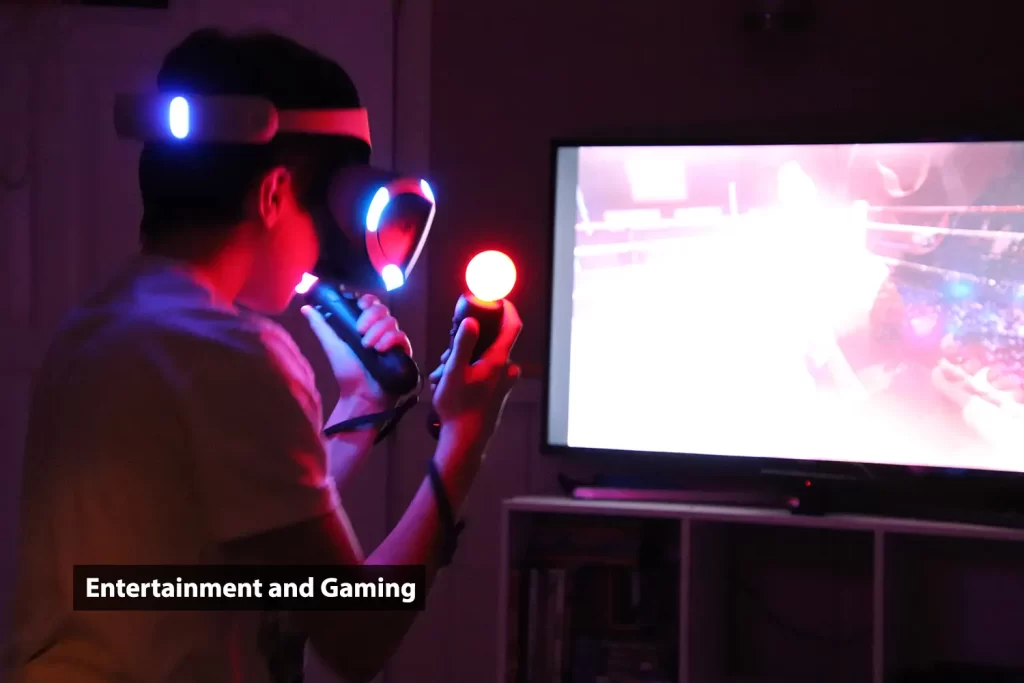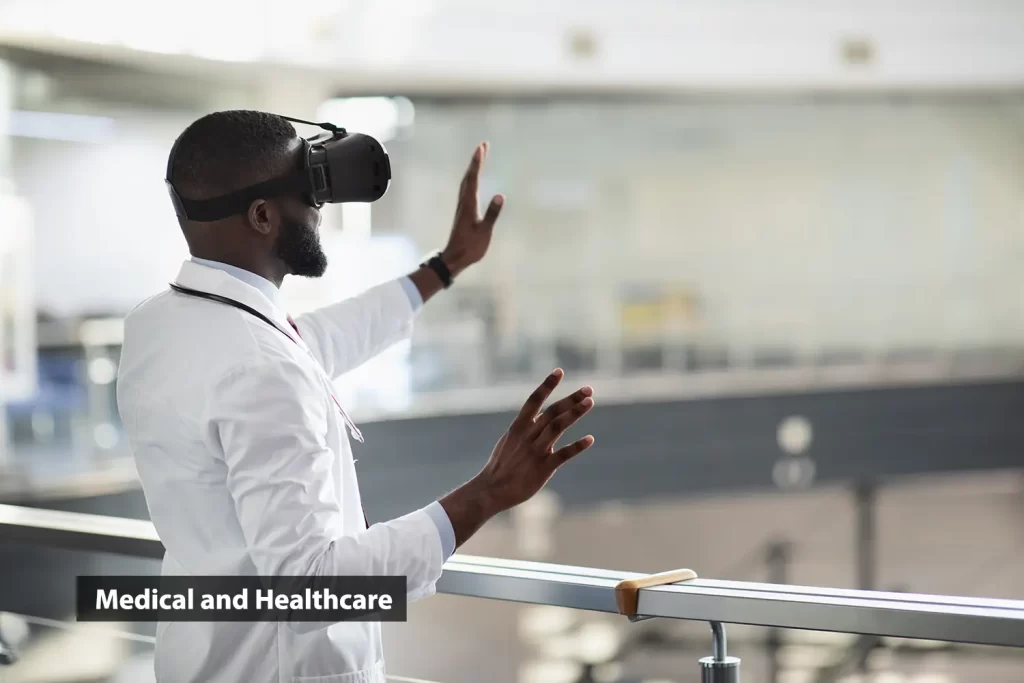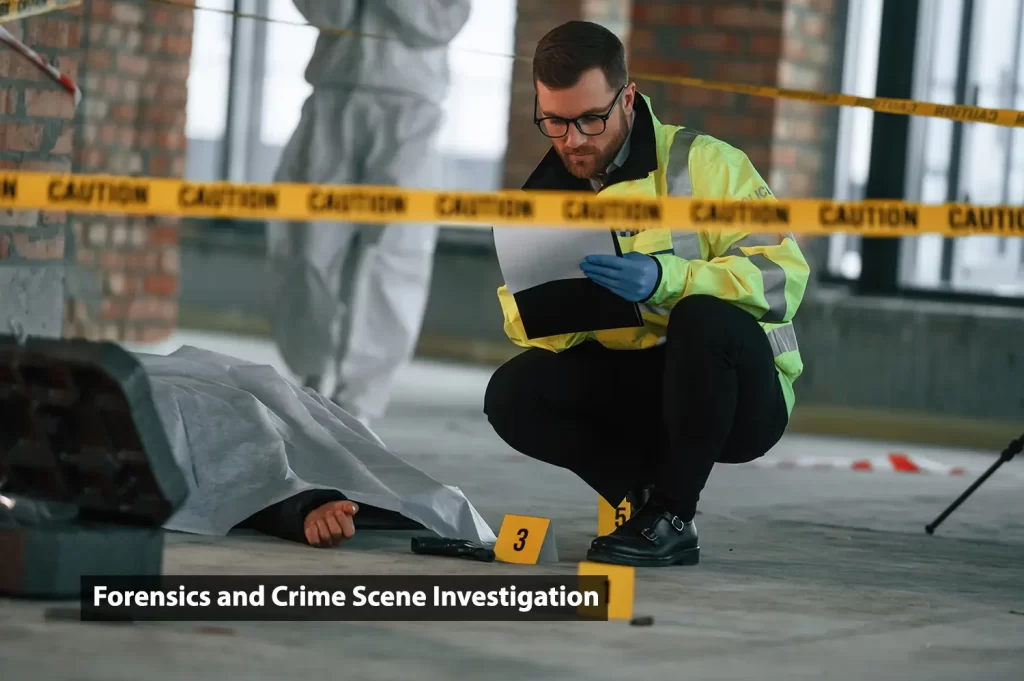Exploring the Capabilities and Applications of Point Cloud Scanners 2023
- August 11, 2023
In recent years, the world of technology has witnessed remarkable advancements, particularly in the field of 3D scanning. One such revolutionary tool that has transformed the way we capture and represent real-world objects is the point cloud scanner.
This powerful device, also known as a 3D laser scanner, utilizes laser technology to capture millions of data points from an object’s surface, generating a highly accurate and detailed representation known as a point cloud.
Today, we will delve into the intricacies of point-cloud scanners, explore their capabilities, and examine their applications across various industries.
Point Cloud Scanners
These scanners are advanced devices that revolutionize the process of capturing and analyzing 3D data. By utilizing laser technology and the principles of LiDAR (Light Detection and Ranging), these scanners create highly detailed and accurate digital representations of real-world objects and environments.
Understanding the fundamentals of point-cloud scanners is essential for grasping their capabilities and the benefits they offer.
Point-cloud scanners operate by emitting laser beams toward the surface of an object or the environment being scanned. These laser beams bounce off the surface and return to the scanner’s sensor. By measuring the time it takes for the laser to travel to the surface and back, the scanner calculates the distance between itself and each point on the surface.
Everything About Point Cloud Scanners
This distance measurement is crucial in creating a point cloud, which is a collection of millions or billions of individual points in 3D space. Each point in the point cloud represents a specific location on the object’s surface or within the scanned environment.
Collectively, these points form a comprehensive and detailed representation of the scanned subject.
Point cloud scanners offer several advantages. They provide high precision, capturing millions of data points that result in detailed and accurate representations of objects and environments.
They are also time-efficient, significantly reducing the time required for data collection compared to traditional surveying methods. Furthermore, point cloud scanning is non-destructive, as it allows objects and environments to be scanned without causing any damage or alteration.
The applications of point-cloud scanners span various industries. In architecture, engineering, and construction, they are used for building documentation, site analysis, and as-built modeling. In manufacturing and industrial design, point-cloud scanners assist in reverse engineering, quality control, and inspection.
They find applications in cultural heritage preservation, entertainment and gaming, medical and healthcare, virtual reality and augmented reality, and even forensics and crime scene investigation.
However, it’s important to note that point cloud scanning also has challenges and limitations. Data processing complexity, the need for specialized software and expertise, limited outdoor scanning capabilities in certain weather conditions, and the high cost of equipment are some of the factors that should be considered.
In short, point-cloud scanners have revolutionized the field of 3D scanning by providing precise and detailed digital representations. Their working principle, based on LiDAR technology, allows for the accurate capture of 3D data.
With numerous applications across industries, point-cloud scanners have become indispensable tools for professionals seeking to enhance their work processes, improve productivity, and unlock new possibilities in the digital realm.
The Working Principle of Point Cloud Scanners
Point-cloud scanners work based on the principle of LiDAR (Light Detection and Ranging) technology. The scanner emits laser beams, which bounce off the object’s surface and return to the scanner’s sensor.
By measuring the time taken for the laser to travel back, the scanner calculates the distance between itself and the object’s surface. It repeats this process from various angles to capture a comprehensive set of data points, forming the point cloud.
The working principle of these scanners is based on LiDAR (Light Detection and Ranging) technology. LiDAR involves emitting laser beams and measuring the time it takes for the laser to travel to an object’s surface and back to the scanner’s sensor.
This information allows the scanner to calculate the distance between itself and the object at each point where the laser hits the surface. By repeating this process from multiple angles, the scanner captures a comprehensive set of data points, forming what is known as a point cloud.
Here’s a breakdown of the working principle:
- Laser Emission: The point-cloud scanner emits laser beams toward the object or environment. These laser beams are typically in the form of pulses and emit at a high frequency.
- Laser Reflection: When the laser beam hits an object’s surface, it reflects toward the scanner’s sensor. The sensor detects the reflected laser beams.
- Time Measurement: The scanner measures the time it takes for the laser to travel from the scanner to the object’s surface and back. This time measurement is crucial in calculating the distance between the scanner and each point on the object’s surface.
- Distance Calculation: By knowing the speed of light, the scanner can calculate the distance by multiplying the measured time by the speed of light and dividing it by two. This distance represents the range between the scanner and the specific point on the object’s surface.
- Multiple Measurements: To capture the entire object or environment, the scanner repeats the emission and reflection process from different angles. This ensures that the point cloud scanner captures a comprehensive set of data points from various perspectives.
- Data Integration: The point-cloud scanner collects millions or even billions of individual data points, each representing a specific location in 3D space.
These data points collectively form the point cloud, which is a dense and detailed representation of the scanned object or environment.
- Post-processing: After data collection, post-processing is often essential to clean and refine the point cloud. This step involves removing noise, aligning multiple scans, and enhancing the overall accuracy and quality of the captured data.
The resulting point cloud can be further processed and analyzed using specialized software to extract information, create 3D models, perform measurements, or generate visualizations for various applications in different industries.
Applications of Point Cloud Scanners
Point-cloud scanners have a wide range of applications across various industries. Their ability to capture precise 3D data of objects and environments has revolutionized processes and opened up new possibilities. Here are some key applications of cloud scanners:
Architecture, Engineering, and Construction (AEC):
Point-cloud scanners play a crucial role in the AEC industry. They are highly applicable for building documentation, site analysis, and as-built modeling.

By capturing accurate measurements of existing structures, they aid in architectural design, renovations, and retrofitting.
They enable clash detection, where professionals compare point cloud data with the proposed design to identify any discrepancies. This helps architects, engineers, and construction professionals to plan and execute projects more efficiently.
Manufacturing and Industrial Design:
Point-cloud scanners find extensive use in manufacturing and industrial design processes. They assist in reverse engineering, where physical objects are scannable and converted into digital models.

This enables manufacturers to recreate or modify complex parts, components, or products with high precision.
They are also employed in quality control and inspection of manufactured items, ensuring compliance with specifications. By comparing the point cloud data with the original design, manufacturers can identify any variations or defects and take corrective measures.
Cultural Heritage Preservation:
Preserving cultural heritage sites, artifacts, and monuments is a vital application of point-cloud scanners. These scanners enable the documentation and digital preservation of historical structures and artifacts.

By capturing detailed 3D representations, point-cloud scanners aid in the restoration, conservation, and research of cultural heritage. They facilitate accurate measurements, virtual replicas, and digital archiving, helping to protect and promote our shared history.
Entertainment and Gaming:
The entertainment and gaming industries utilize point-cloud scanners to create immersive virtual experiences.

Point cloud data allows for the integration of real-world objects, environments, and characters into virtual worlds, enhancing the realism and interactivity of video games, movies, and animations.
Point-cloud scanners capture actors or objects in 3D, enabling their seamless integration into computer-generated environments.
Medical and Healthcare:
In the medical field, point-cloud scanners are available for various purposes. They assist in creating patient-specific models for prosthetics, orthotics, and custom medical device manufacturing.

By accurately capturing the shape and dimensions of a patient’s body or affected area, point cloud scanners enable the design and production of personalized medical solutions.
Additionally, point cloud scanning is suitable for surgical planning, where detailed 3D models help surgeons visualize and analyze complex anatomical structures, improving preoperative assessments and enhancing surgical outcomes.
Virtual Reality and Augmented Reality:
Point cloud scanners contribute to the development of virtual reality (VR) and augmented reality (AR) experiences.

By capturing the 3D geometry of real-world spaces, objects, or people, point-cloud scanners provide the foundational data for creating immersive virtual or augmented environments.
This technology enables realistic simulations, training programs, architectural visualizations, and interactive AR applications across industries.
Forensics and Crime Scene Investigation:
Point-cloud scanners are valuable tools in forensic investigations. They help in documenting crime scenes and capturing detailed 3D representations of the environment and evidence.

By preserving the scene in a digital format, point-cloud scanners allow investigators to revisit and analyze the scene from different perspectives. This aids in crime scene reconstruction, evidence analysis, and presenting visualizations in courtrooms.
These are just a few examples of the wide-ranging applications of these scanners. As the technology continues to advance, new applications are constantly emerging, making point cloud scanning an indispensable tool across numerous industries.
FAQs on Point Cloud Scanner
Here are some FAQs on Point-Cloud Scanners. Follow them to learn more about the scanner.
What are the advantages of using point-cloud scanners?
They offer high precision, capturing detailed and accurate 3D representations of objects and environments. They are time-efficient, reducing the data collection time compared to traditional methods. Point cloud scanning is non-destructive, allowing for scanning without causing any damage. Additionally, the captured data can be easily integrated with other software and workflows, facilitating collaboration and enhancing productivity.
What are the limitations of point-cloud scanners?
Point cloud scanning has some limitations to consider. Data processing can be complex and time-consuming, requiring specialized software and expertise. Outdoor scanning may be limited by certain weather conditions, such as rain or fog, that can affect the accuracy of the measurements. The cost of equipment can also be high, making it a significant investment for some organizations.
Can point-cloud scanners capture color information?
Yes, many point-cloud scanners can capture color information along with the geometry. This allows for the creation of point clouds that include both the 3D shape and the texture or color of the scanned object or environment.
What software is used to process point cloud data?
There are various software applications available for processing point cloud data. Some popular options include Autodesk ReCap, Leica Cyclone, Bentley Pointools, and CloudCompare. These software tools provide functionalities for data cleaning, registration, segmentation, visualization, and analysis of point cloud data.
Are point-cloud scanners portable?
Yes, point-cloud scanners come in a range of sizes and configurations, including portable handheld devices and larger tripod-mounted systems. Portable scanners offer flexibility and ease of use, allowing for scanning in different locations and environments.
Can point-cloud scanners be used outdoors?
Yes, point-cloud scanners can be used outdoors; however, certain weather conditions, such as heavy rain, fog, or extreme sunlight, can impact the accuracy of the measurements. It’s important to consider the environmental factors and choose a scanner that is suitable for outdoor use if needed.
Can we use point cloud scanners for large-scale environments?
Yes, point-cloud scanners can capture both small-scale objects and large-scale environments. Some scanners have a long-range capability, allowing for the scanning of vast areas, such as landscapes, buildings, or infrastructure projects. Remember, these FAQs provide a general overview, and the specifications and capabilities of point cloud scanners can vary depending on the specific device or manufacturer.
Final Words
Point cloud scanners have revolutionized the way we capture and interpret the real world. With their ability to generate highly detailed and accurate representations, these scanners have become indispensable in various industries.
From architecture and manufacturing to forensics and cultural heritage, the applications of these scanners continue to expand. As technology progresses, we can expect further advancements in point cloud scanning, unlocking new possibilities and pushing the boundaries of innovation.
In summary, point-cloud scanners are invaluable tools that have transformed industries and opened up new avenues for creativity and exploration. Their ability to capture the intricate details of the physical world allows us to bridge the gap between reality and the digital realm, paving the way for exciting advancements in multiple fields.
